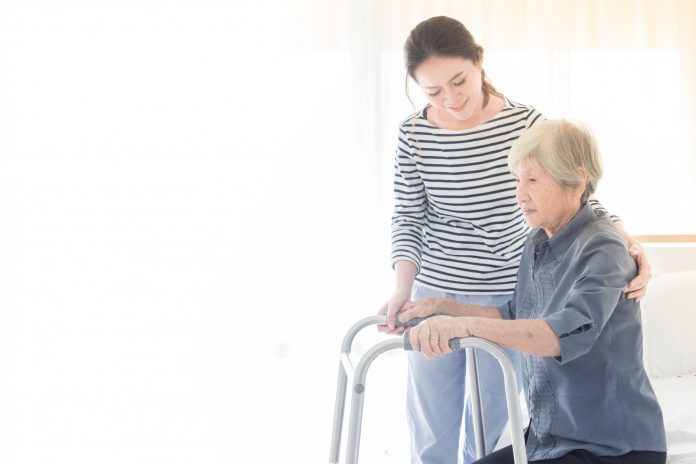The Clinical Guidelines for Stroke Management is now updated with clear and effective rehabilitation techniques for leg and arm weakness after a stroke, providing greater direction for health professionals to achieve better patient outcomes.

According to the Stroke Foundation research indicated that ongoing resistance training builds muscle strength, improves movement and boosts quality of life.
This treatment is now listed as a strong recommendation in the Clinical Guidelines for Stroke Management, which is designed to support clinicians implement the latest and best medical discoveries into clinical practice.
Living Stroke Guidelines Content Group Co-Chair Professor Coralie English says the recommendation was the result of a systematic review of six studies.
“It is the first time there has been specific recommendation about progressive resistance training and how to apply it,” says Professor English.
“It works by using a small number of repetitions of an activity with loads that are progressively increased, enhancing strength and movement.
“Weakness is the most common impairment after stroke, so this recommendation will benefit many stroke survivors. Its inclusion in the Clinical Guidelines for Stroke Management gives clinicians and patients confidence they are giving and receiving the best treatment.”
More than 27,000 people will have stroke in Australia for the first time this year and the recovery journey can extend well beyond their time in hospital.
Australia is leading the way internationally for treatment and care for people with stroke by adopting a living guidelines model.
The living guidelines project is a partnership between the Stroke Foundation and Cochrane Australia, and is supported by the Government’s Medical Research Future Fund. It involves a working group of more than 100 stroke experts and survivors of stroke and draws on latest evidence synthesis technologies developed by Cochrane, partners and world-leading software platforms (Covidence and MAGICapp).
“More clinicians use the guidelines than ever before because they are up-to-date, reliable and easily accessible online,’’ says the Stroke Foundation Executive Director Stroke Services Lisa Murphy.
“The system is transparent. Survivors of stroke can access it too, giving them the power to ask questions about their own rehabilitation based on evidence.
“And finally, this process allows Australia to adapt to evolving and changing times.”
For more information on Living guidelines for stroke management, visit: https://informme.org.au/







